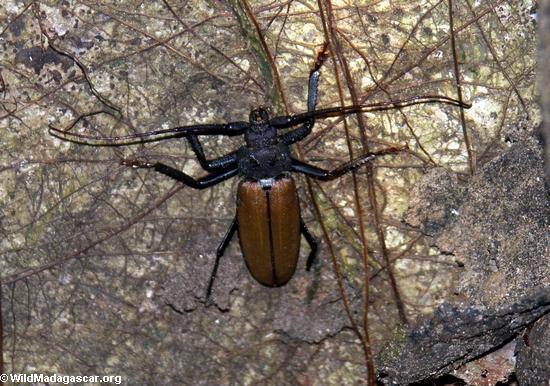Cockroaches and rats used as batteries?
Rhett A. Butler, mongabay.com
August 24, 2005

An article in today’s Manilla Times highlights some local research into using common household pests as energy sources.
A group of scientists from Feati University recently devised a biological fuel cell that uses the enzyme Nicotinamide Adenine Dinucleotide (NAD) to directly convert biochemical energy into electricity. Their research raises the possibility that household pests like mosquitoes, rats, cockroaches and flies could be used as biofuel sources. Cockroaches generated the highest amperage, according to the article.
With increasing oil prices and concerns over fossil fuel-powered climate change, interest in biofuels has perked up in recent years and spurred research into more efficient methods of converting biofuels into electricity utilizing fuel cells. Since biofuels use natural substances, they are often less expensive and cleaner than oil and gas fuels. In developing countries biofuels like wood, charcoal or dried manure are widely used in home cooking and heating.
Related news items:
- Australian inventor believes he can turn sewage into energy source An Australian inventor believes he can turn human waste into an energy source.
-
Cow manure + sunlight + metal ore = hydrogen fuel?
Researchers led by Michael Epstein at the Weizmann Institute of Science in Israel think they may have an energy efficient way of collecting solar energy to generate hydrogen, a key input for fuel cells -
Renewable energy in China, a strategic future?
China’s failed bid for American petroleum firm Unocal may prompt it to further focus on its development of alternative energy sources.
This news item used information from Wikipedia and the Manilla Times.
Categories: Biofuels, Renewable energy, Environment, Energy, Alternative energy sources














